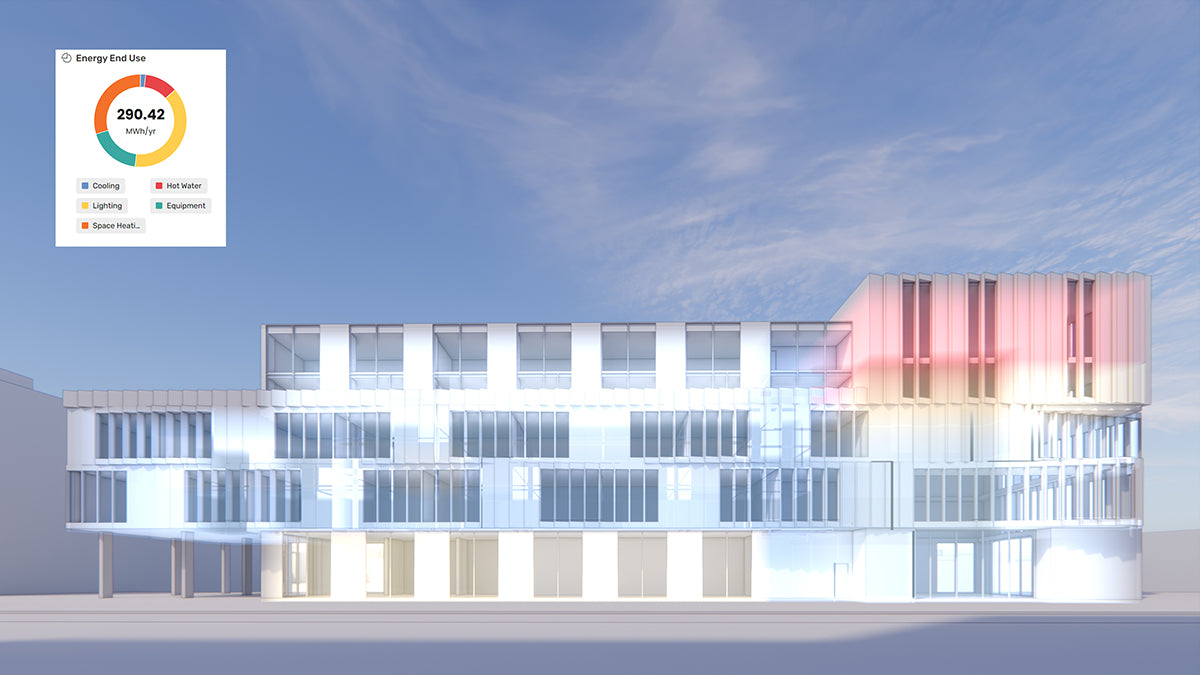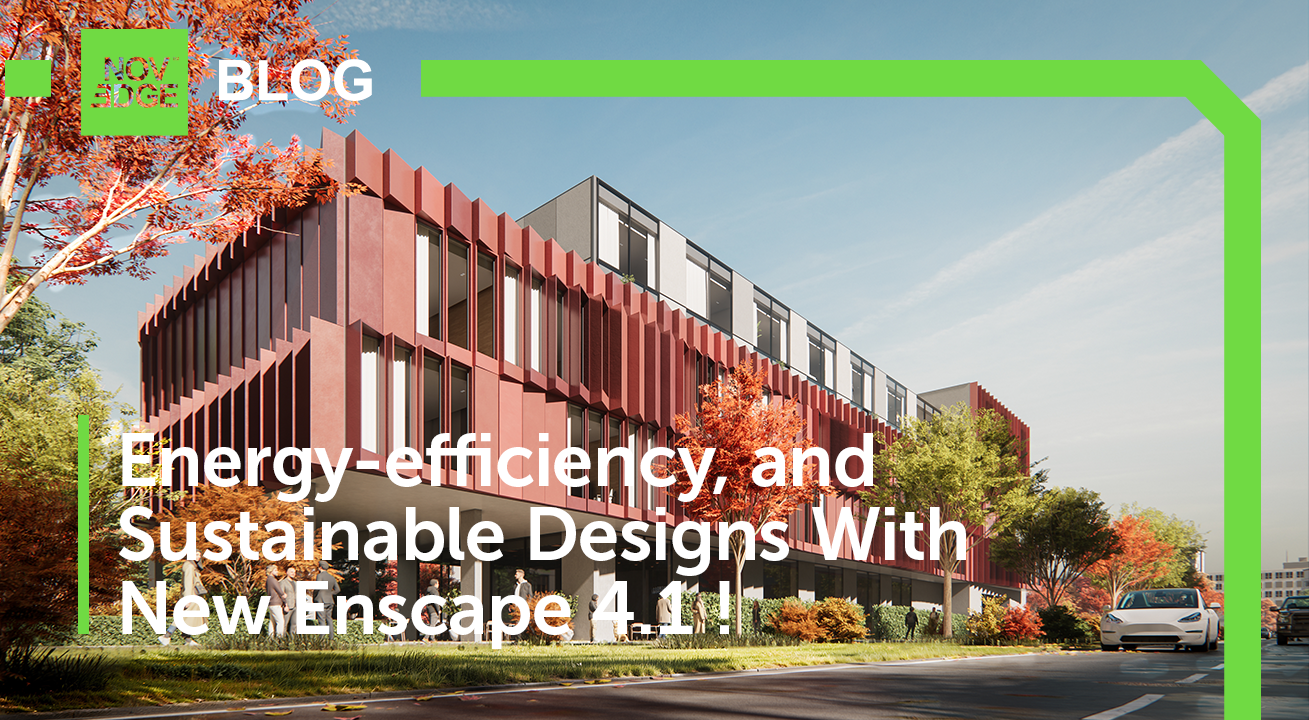Your Cart is Empty
Customer Testimonials
-
"Great customer service. The folks at Novedge were super helpful in navigating a somewhat complicated order including software upgrades and serial numbers in various stages of inactivity. They were friendly and helpful throughout the process.."
Ruben Ruckmark
"Quick & very helpful. We have been using Novedge for years and are very happy with their quick service when we need to make a purchase and excellent support resolving any issues."
Will Woodson
"Scott is the best. He reminds me about subscriptions dates, guides me in the correct direction for updates. He always responds promptly to me. He is literally the reason I continue to work with Novedge and will do so in the future."
Edward Mchugh
"Calvin Lok is “the man”. After my purchase of Sketchup 2021, he called me and provided step-by-step instructions to ease me through difficulties I was having with the setup of my new software."
Mike Borzage
The Edge: Beyond Architecture Group: Experimental Techniques for a Sustainable Architecture.
May 31, 2016 5 min read
Novedge : Tell us a little about yourself and what you do. 
Paolo Robazza: My name is Paolo Robazza and I am an Architect. After a very rewarding and formative experience in South Africa, where I worked on projects of participatory development, I returned back to Italy where I embarked in reconstruction projects following the Abruzzo's earthquake of 2009. It was then that I was able to apply a new participatory approach to the rebuilding efforts. It was then that I founded BAG – Beyond Architecture Group, a Design studio that focuses is on the social aspect of Architecture, where the technique becomes subservient to the process, a process that is participatory throughout, including the phase of construction.
Novedge: How many people are part of the BAG team, and how did you get together?
Paolo Robazza: At BAG we are not an homogeneous crew, that's why everyone manages to find a space for growth and independence. There are five of us at the moment but, for specific projects, we often have people we have worked with in the past joining the team.The team came together organically and, as time goes by, it is held together by a strong sense of cooperation and and a great passion for the themes we like to explore.
Novedge: What is a important project that you worked on?
Paolo Robazza: One of the project we are definitely most proud of is EVA, the echo village built in Abruzzo after the earthquake. The project was commissioned to BAG by a group of inhabitants of the destroyed village, whose common aim was to preserve Pescomaggiore and not abandon it. The project proposes a model made of participation, sustainability, strong bond with the territory and the rapid response for the construction of permanent housing in emergency conditions. The project started in June 2009, 2 month after the earthquake. The new village consists of 5 self-built eco-homes, made of natural materials such as wood, straw, earth and lime. The construction was attended by people made homeless by the earthquake and volunteers. The construction phase was over in October 2010 and now 16 inhabitants who have built together their new home live in the village.The objective was to quickly build permanent and sustainable houses. The houses have a simple wooden structure and straw padding, the roofs are clad with solar panels and there is a system to collect rainwater. The straw allows the inhabitants to build houses quickly in an emergency situation. It is found locally, thus it is sustainable. It allows for a DIY approach, where even non-experts can participate. And it ensures excellent insulation: in this mountain area the temperature drops to minus 15 degrees Celsius in winter. Beyond Architecture Group shared the living conditions of the people displaced by the earthquake to experiment with a participatory planning and decision-making process that would be respectful of the locals. 
 Novedge: What is your approach to sustainability?
Novedge: What is your approach to sustainability?
Paolo Robazza: In the past few years, doing some research on the latest technologies applied to energy optimization in construction, I learnt not to trust high-tech blindly. Most of the times, interesting solutions come from an intelligent use of simple materials. Often in Architecture, low-tech is the answer to the quest for efficiency and sustainability, since small local firms and artisans have an easy access to it. Technical and scientific knowledge should streamline the process so that we can reduce costs and keep high standards of quality and energy efficiency .
Novedge: Innovation is also a big part of your practice. Tell us about your experimental techniques?
Paolo Robazza: All techniques that imply the use of natural materials are nowadays considered innovative, while they are really part of what is better known as Vernacular Architecture. The sad part is that the necessary skills to make the best use of these natural materials have been lost due to the increasing employment of industrial materials. I think today's research and experimentation should be directed towards solutions to make these materials more accessible in terms of cost and labor.
Novedge: What are some of your favorite materials to work with?
Paolo Robazza: One of our favorite building techniques is the one involving the use of wood and straw bales. The history of straw bale houses is tied to a technological agricultural innovation developed in the US at the end of the 19th century, the invention of the bale packer. In regions where wood was scarce, pioneers had to improvise with temporary constructions, utilizing materials that were at hands. When the bale packer became available, straw became fundamental as a building material and the first straw bale structures make an appearance. The first recorded straw bale building was in Nebraska in 1883 and it still standing and occupied. To this initial technology we add cacciopesto mortar plaster or an earthen plaster. These constructions have a high energy efficiency and they are completely realized using natural materials
. Novedge: How do you feel about technology and what kind of software do you use?
Paolo Robazza: Although we are partial to low-tech during the construction, we embrace high-tech in the planning phase. We consider high accuracy and in depht planification fundamental. That is why on top of basic Architecture CAD tools we also use programs for advanced energy simulation and we are starting to adopt BIM.
Novedge: You run some great workshops. Who is invited and who shows up?
Paolo Robazza: Our workshops are a great way for young Architects to experiment on the field, but also a great way for us to network and connect with other colleagues. Our workshops are hands on in many ways, and they provide a rare chance to touch the materials and experience the complexities of a construction site.
Novedge: What kind of change do you hope to see in Architecture in the next 20-30 years?
Paolo Robazza: In the future we need to be aware both of environmental sustainability and social sustainability. France, Germany and Great Britain are already embracing concepts like Passivhaus and Zero Waste, and structures in wood or straw are becoming more and more popular. Sometimes we think that just because the utility bills are low, sustainability in Architecture is achieved. Although this is important, a lower energy bill is not the only thing we need to focus on. We believe that traditional technologies and their modern adaptation, together with the use of natural materials, will allow us to better serve real people needs. And this, in my opinion, is the future we need to walk towards: meeting people's true needs.
 Novedge: What's your Design dream, what would you like to design and you didn't get a chance to design yet…?
Novedge: What's your Design dream, what would you like to design and you didn't get a chance to design yet…?
Paolo Robazza: One day I would like to design and build my own house.
If you would like to find out more about Paolo Robazza and BAG check out their website , like them on Facebook and enjoy the videos of past workshops on their You Tube Channel.
Hopefully this interview will inspire you to get your hands dirty but also to be prepared in the planning phase. That's where Novedgecomes in, with a huge assortment of software for every Designer's need.
Related articles
Also in NOVEDGE Blog

How the AEC Industry Shifted Towards Essential Sustainable Building Design
August 15, 2024 4 min read
Read More
Unlocking New Realms of Design with Enscape 4.1: Introducing Impact Add-on and Lot More
August 02, 2024 2 min read
Read More
Explore Autodesk Revit 2025.2: New Features and Enhancements for Enhanced BIM Workflows
July 30, 2024 3 min read
Read MoreSubscribe
Sign up to get the latest on sales, new releases and more …





